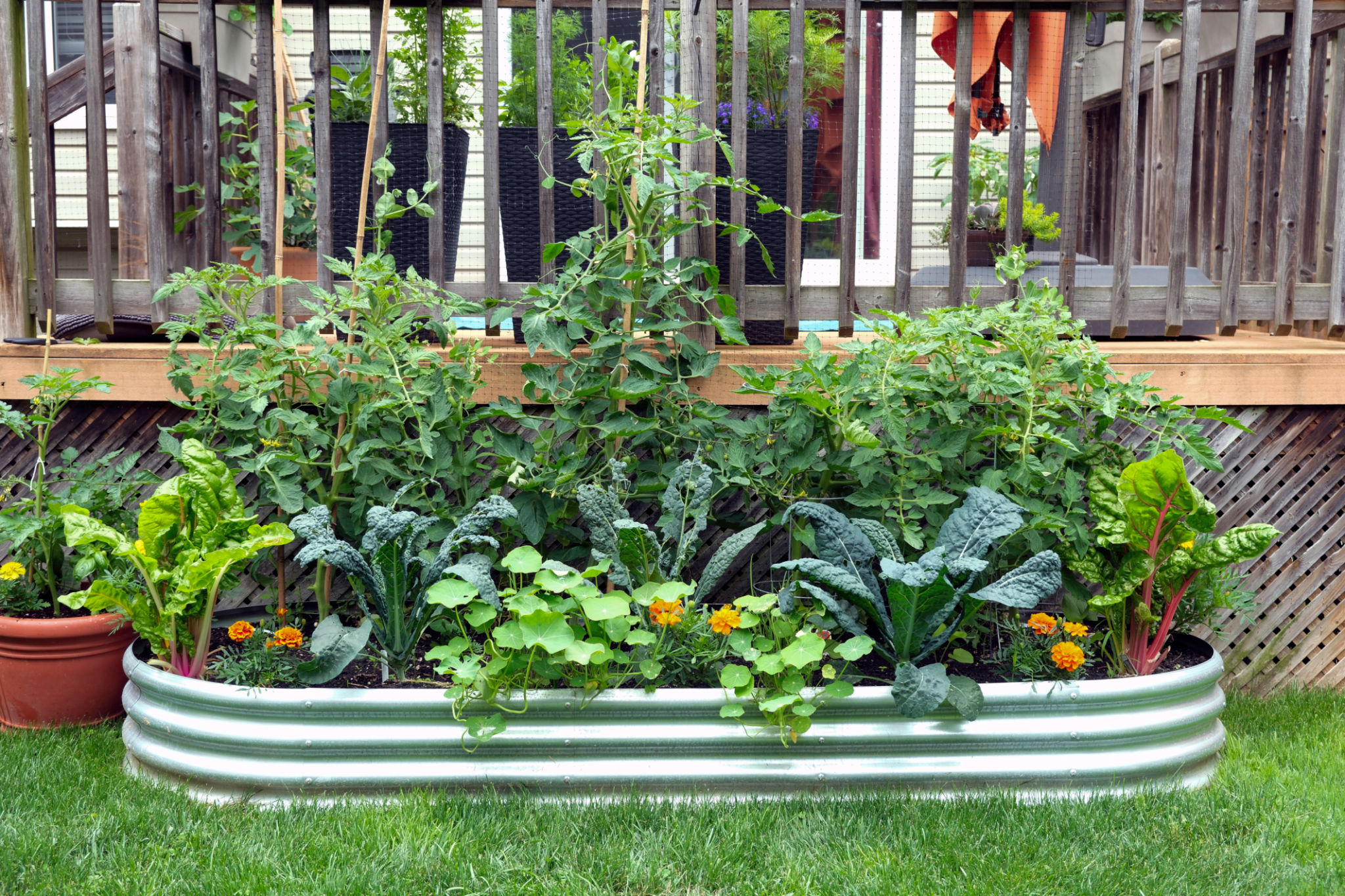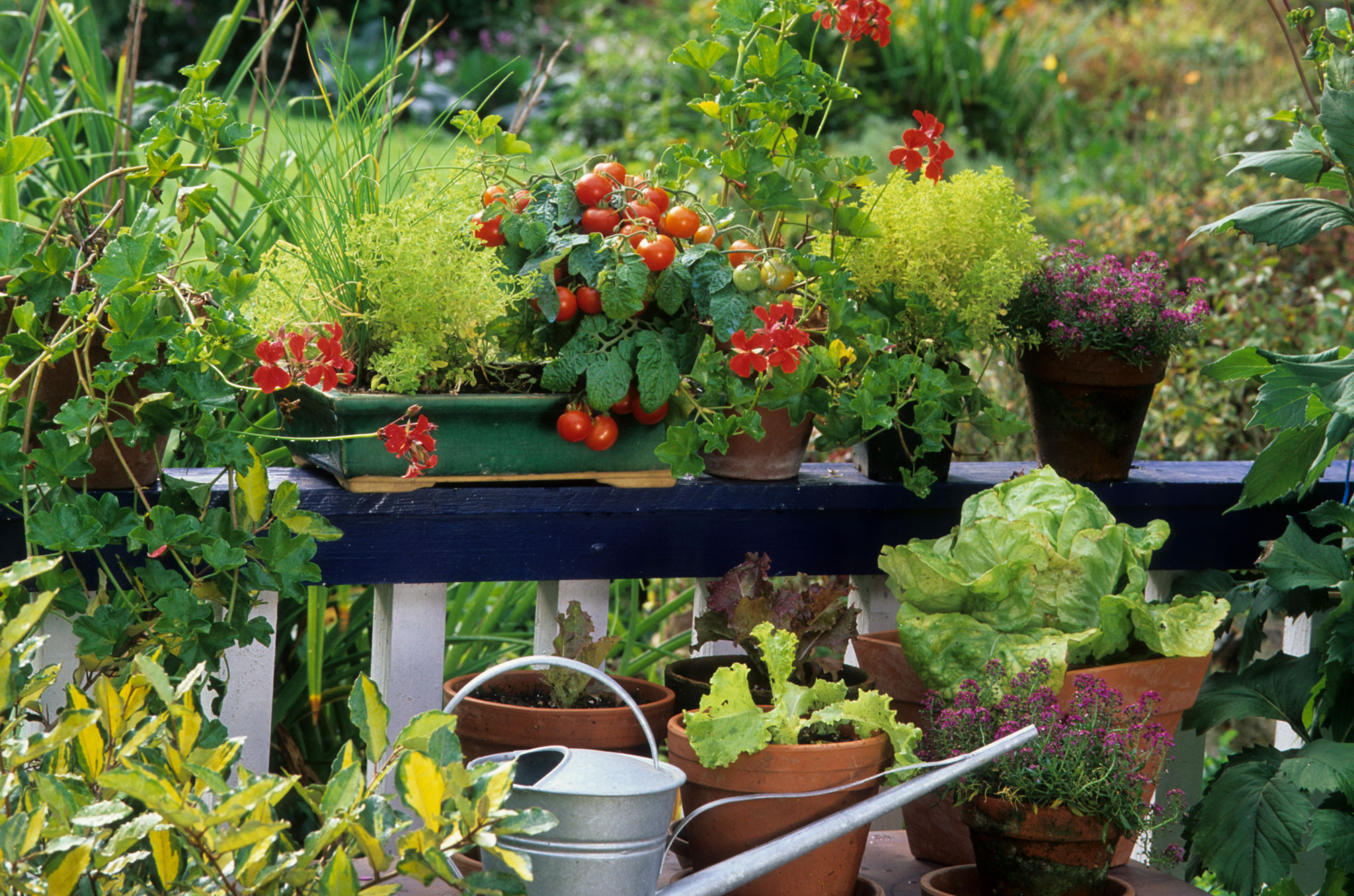How to Design the Perfect Edible Garden for Your New Jersey Home
Getting Started with Your Edible Garden
Designing the perfect edible garden for your New Jersey home can be a rewarding and sustainable endeavor. With the right planning and resources, you can enjoy fresh produce right from your backyard. Before diving into the specifics, it's crucial to assess your space and understand the climate conditions unique to New Jersey.
Start by evaluating the amount of sunlight your garden area receives. Most edible plants require at least 6-8 hours of sunlight daily. Consider soil quality as well; New Jersey's soil can vary greatly, so testing and amending it accordingly will be beneficial. You can enhance the soil with organic matter like compost to improve its fertility.

Selecting the Right Plants
Choosing the right plants for your edible garden is essential for a successful harvest. In New Jersey, you're in USDA Hardiness Zones 6 and 7, which means you have a diverse range of plants to choose from. Popular choices include tomatoes, peppers, lettuce, and herbs such as basil and parsley.
Consider starting with easy-to-grow plants if you're new to gardening. Leafy greens like spinach and kale are both nutritious and relatively low-maintenance. Additionally, berry bushes like blueberries and raspberries can thrive in New Jersey's climate, offering delicious fruits year after year.

Designing Your Garden Layout
The layout of your edible garden plays a crucial role in its productivity. Consider using raised beds for better drainage and easier maintenance. Arrange your plants based on their sunlight and watering needs—taller plants can provide shade for more delicate species that may require less direct sunlight.
Creating pathways between your beds not only enhances accessibility but also prevents soil compaction. Using mulch on pathways and around plants can help retain moisture and suppress weeds. An organized layout will make it easier to manage your garden efficiently.

Implementing Sustainable Practices
Sustainability is a key component of a successful edible garden. Practicing crop rotation by changing the location of your plants each season can prevent soil depletion and reduce pest infestations. Additionally, integrating companion planting—where certain plants are grown together for mutual benefit—can naturally enhance growth and pest resistance.
Water conservation is another important aspect. Installing a rain barrel can help collect rainwater for irrigation, reducing reliance on municipal water supplies. Drip irrigation systems are also effective in delivering water directly to the plant roots, minimizing waste.
Maintaining Your Edible Garden
Regular maintenance is essential to keep your edible garden thriving. Stay vigilant about weeding, as weeds compete for nutrients and water. Pruning is also necessary to encourage healthy growth and prevent disease. Keep an eye out for signs of pests or disease, and address these issues promptly with organic solutions when possible.
Harvesting your produce at the right time ensures the best flavor and nutritional value. Research each plant's optimal harvest time and method to maximize your yield. Enjoying fresh produce from your own garden is one of the most rewarding aspects of gardening.
